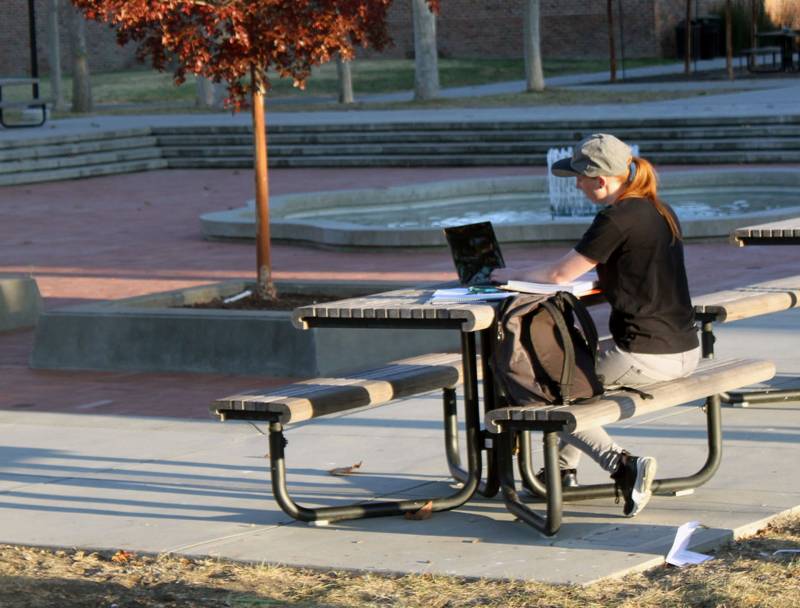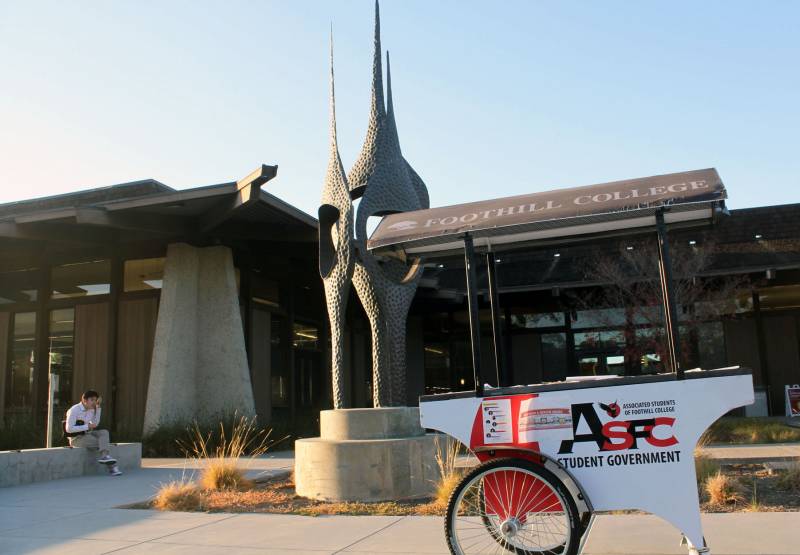Cloud computing is one of the most in-demand hard skills employers in the Bay Area looked for in 2019, according to LinkedIn. Businesses as diverse as Gap, Sirius XM, Pinterest and many startups are moving their products to the cloud because it’s cheaper and easier than maintaining servers. The cloud has become a multi-billion dollar industry quickly, and there still aren’t enough people with cloud computing skills to fill all the jobs available.
“Companies are hungry enough for that skillset that they’re willing to get pretty creative to get talented people,” said Ethan Van der Heide, a technical recruiter for Workbridge Associates in San Francisco.
Van der Heide described DevOps — a common title for these positions — as a mixture of coding, operations and people skills. Before the cloud started to dominate the industry, most companies had software developers who wrote the code and operational people who made sure it ran. Cloud computing collapses the distance between those roles, requiring knowledge of both sides.
“The skill sets are constantly changing,” Van der Heide said. “The tools are constantly changing. What’s relevant is constantly changing. So the best indicator is somebody who is constantly learning to keep up with it.”
As a recruiter, he’s looking for people who like to learn new things and who seek out learning opportunities. There’s a whole group of them just down Interstate 280 at Foothill College in Los Altos Hills.


